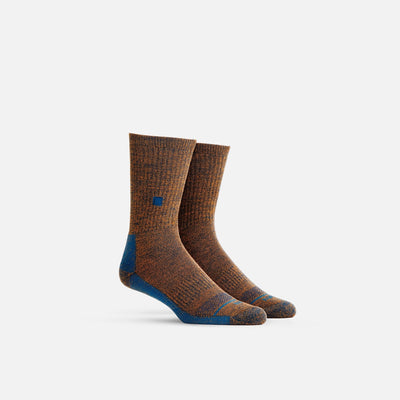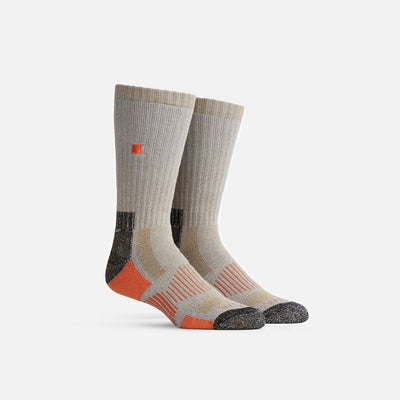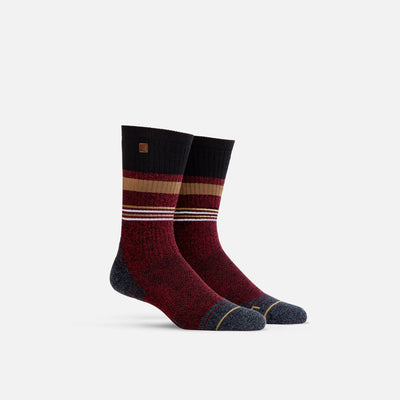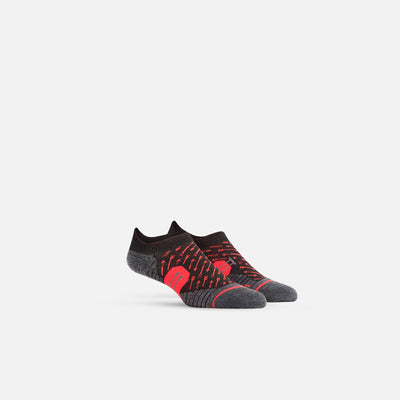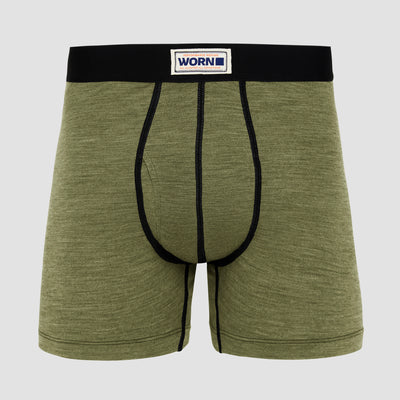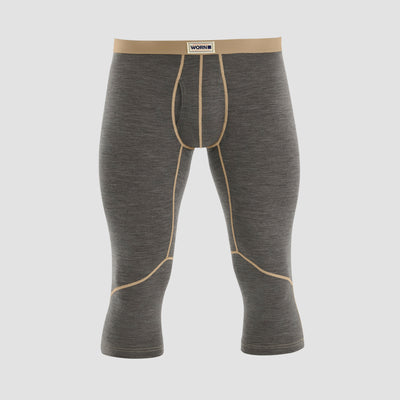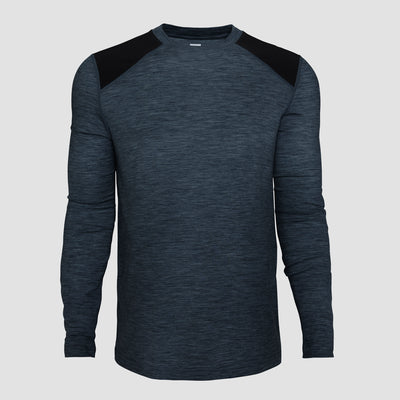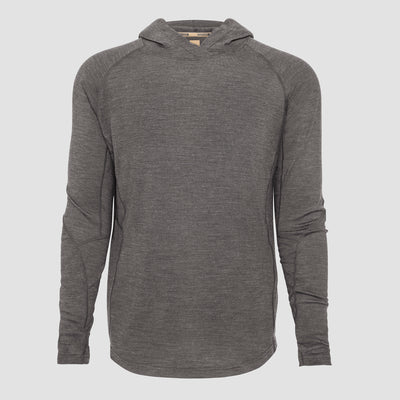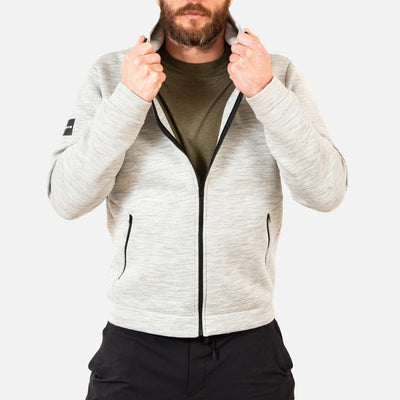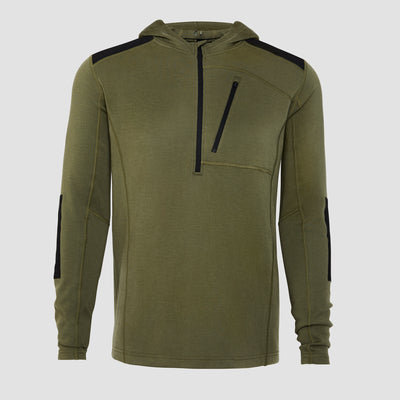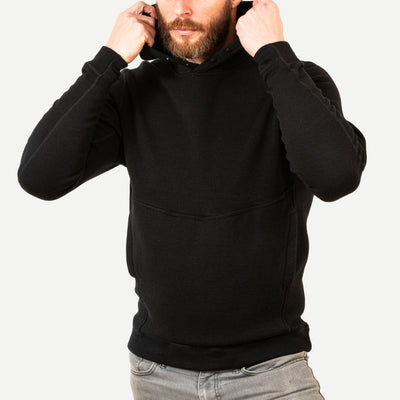What is rPET and Why Is It in Your Socks?

If you’ve never heard the term PET, it refers to plastics – specifically those intended (at least at first) for plastic water bottles, food containers, and similar items. We all know these are not the most environmentally-friendly products, but you may not know all the ways recycled plastics can be so much more than just a feel-good component of everyday products.
What is PET?
PET stands for polyethyline terephyte. It's a plastic material derived from crude oil and commonly used in food and drink packaging -- water bottles, for example -- due to its relative strength and durability in a wide range of temperatures.
The two basic elements of PET are ethylene glycol and terephthalic acid (no, we can't pronounce it either). The two components are combined into a polymer, which is a type of mixture where the molecules are very large.
A liquid PET mixture can then be molded into any shape and cooled back to a solid without losing its integrity. It's durable and lightweight, making it ideal in a variety of ways for businesses that want to transport product to consumers.
So... What is rPET?
The 'r' in rPET stands for recycled, so rPET is the name given to Recycled Polyethylene Terephthalate materials that are recycled and re-used for a new purpose. While the process of extracting crude oil and developing PET is harmful to the environment, use of rPET materials enables businesses to reduce the waste created when the original product has finished serving its purpose.
The recycling process of taking PET materials and putting them to use in a new product involves a process whereby the plastic is turned into small flakes, melted down, and re-incorporated into a new plastic or other compound. This process helps to remove contaminants and get the PET material as close to its initial form as possible.
Evolution of Recycled PET Use
rPET has come a long way, both in how it's processed and how it's used.
With the known benefits and utility of PETs, businesses seeking cost efficiencies (and maybe some good PR) have found many ways to take advantage of the recycled plastics. Some of the more common uses include:
- Shoes and sneakers
- Athletic socks
- Luggage
- Backpacks
- Paper products
- Packaging materials
Initially, rPET was not frequently used in food containers due to issues ensuring the recycled and reprocessed materials would still be clean and non-toxic. As systems improved, this became easier to do, and there are now many cases of rPET being integrated into plastic bottles and other food packaging.
New innovative rPET uses are popping up all the time! And organizations and stakeholders like Closed Loop Partners keep tabs on this industry and recommend efficiencies and alternatives to improve the utilization of recycled PET.
What Impact Does rPET have?
"In 2018, approximately 6,270 million pounds of PET bottles were sold into the marketplace in the US. About 29.0 percent of those—1,816 million pounds—were collected through recycling programs and sold."
- National Association for PET Container Resources (NAPCOR), 2019 [source]
Those are some big numbers, and although nearly two billion pounds of recycled PETs is truly a result to be proud of, there are still about four billions pounds of PET bottles heading into the trash.
The amount of energy required to recycle and re-use an rPET bottle is less than the energy required to create a new PET bottle, meaning a smaller carbon footprint. And what's more, not all of the bottles that are recycled and purchased actually make it into a "second career" in another use. So, it's vitally important that there is constant innovation and focus on not only recycling more PET, but making better use of what we do recycle.
How WORN's Arrowool Utilizes rPET
Fiber, as a category, represents a large portion of rPET utilization, and WORN is proud to be a contributor to that cause.
In fact, WORN doesn't just contribute; one of the pillars of its business, Arrowool™, is created with rPET fiber. Yes, to put it simply, WORN makes socks from recycled plastic bottles.
Arrowool™ is a proprietary material, created from a blend of high quality merino wool and rPET fiber. The result is a material that combines the softness and moisture-wicking properties of the merino with the durability and elasticity of the recycled plastic polymers found in rPET.
Arrowool™ helps WORN offer extremely comfortable, long-lasting socks you can feel good about putting on your feet.



